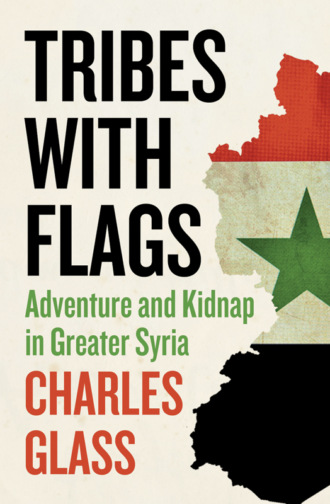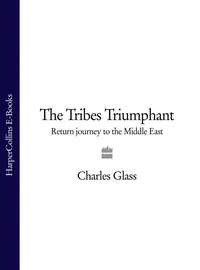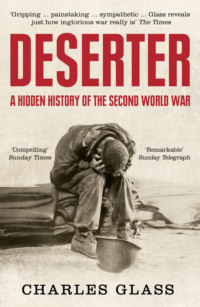Tribes with Flags: Adventure and Kidnap in Greater Syria

Полная версия
Tribes with Flags: Adventure and Kidnap in Greater Syria
Язык: Английский
Год издания: 2019
Добавлена:
Настройки чтения
Размер шрифта
Высота строк
Поля
Конец ознакомительного фрагмента
Купить и скачать всю книгу




